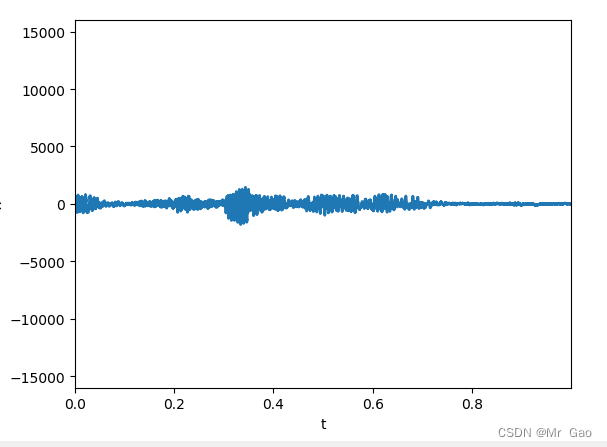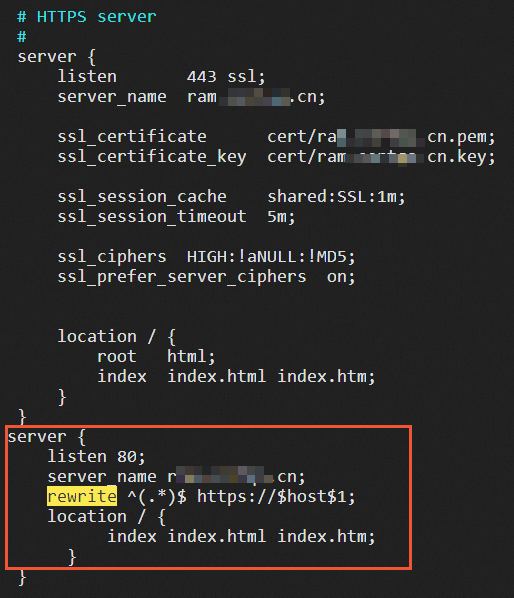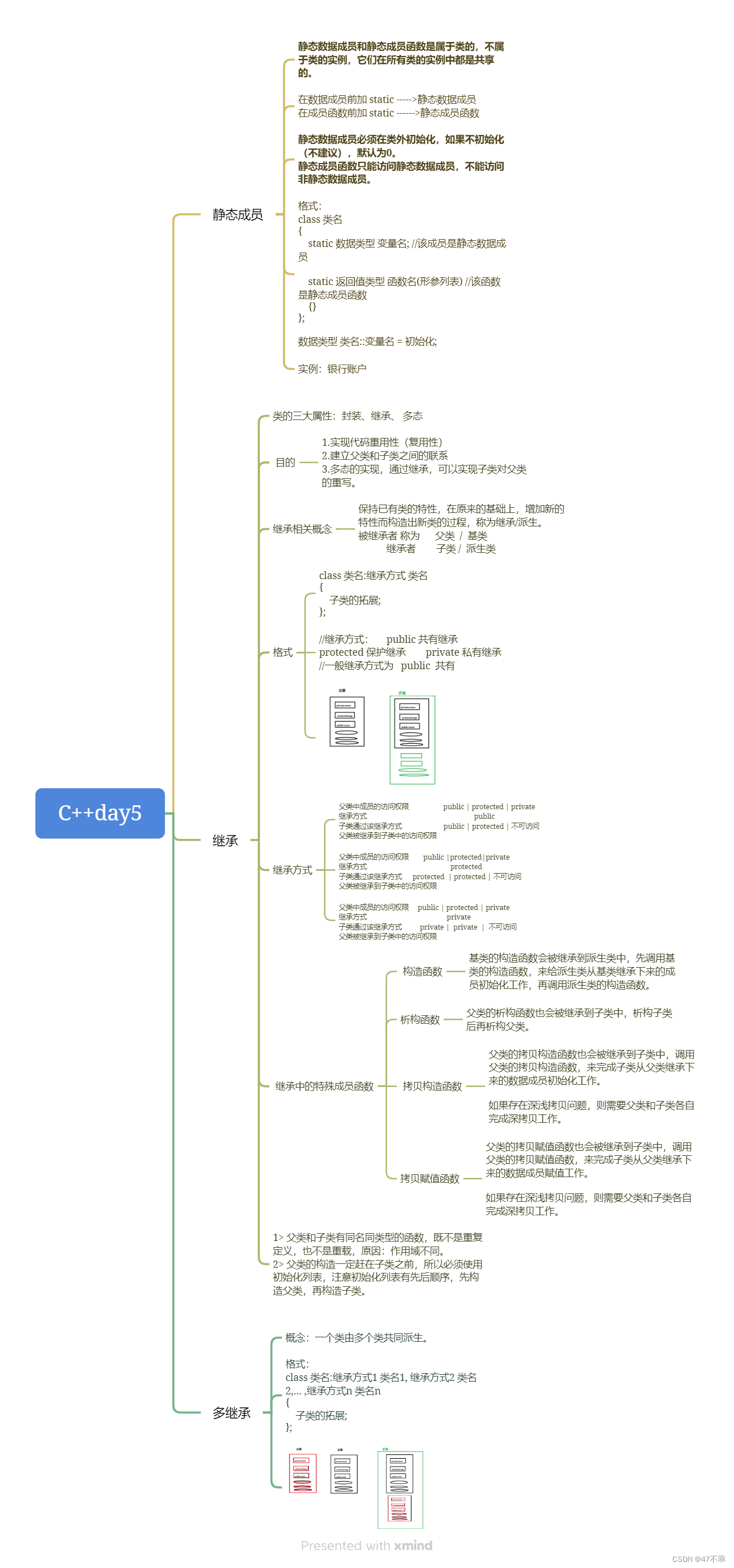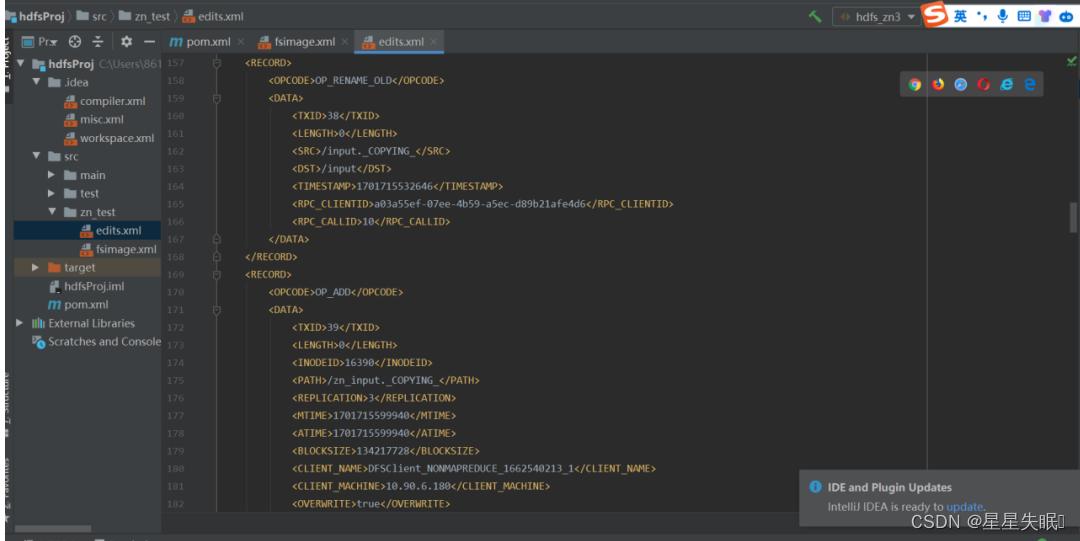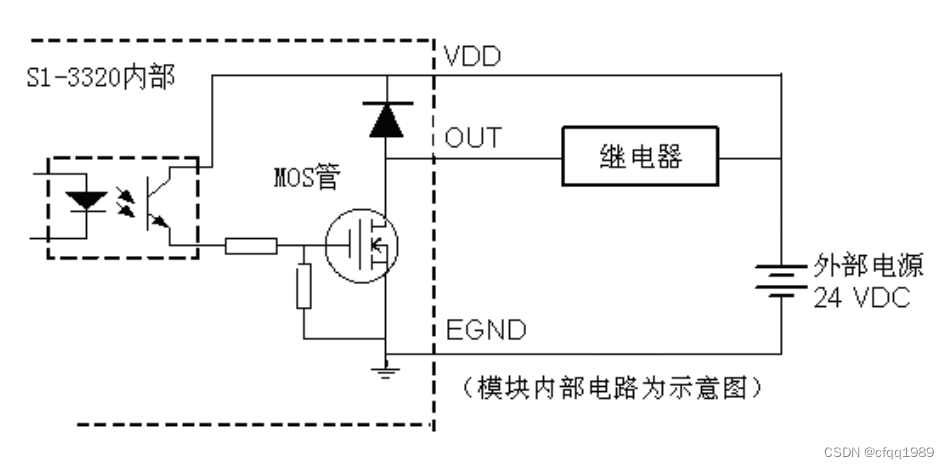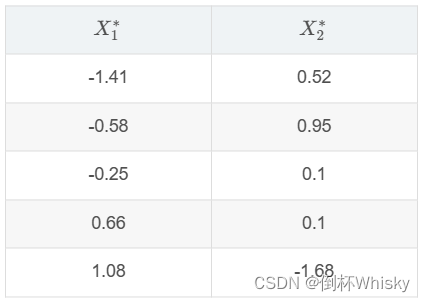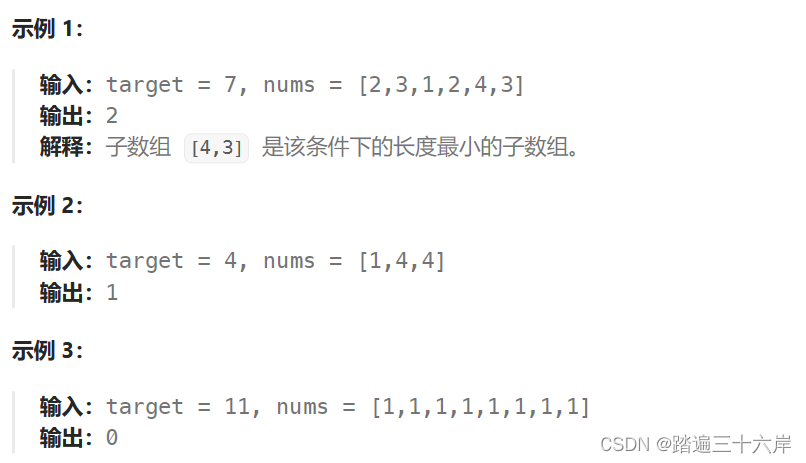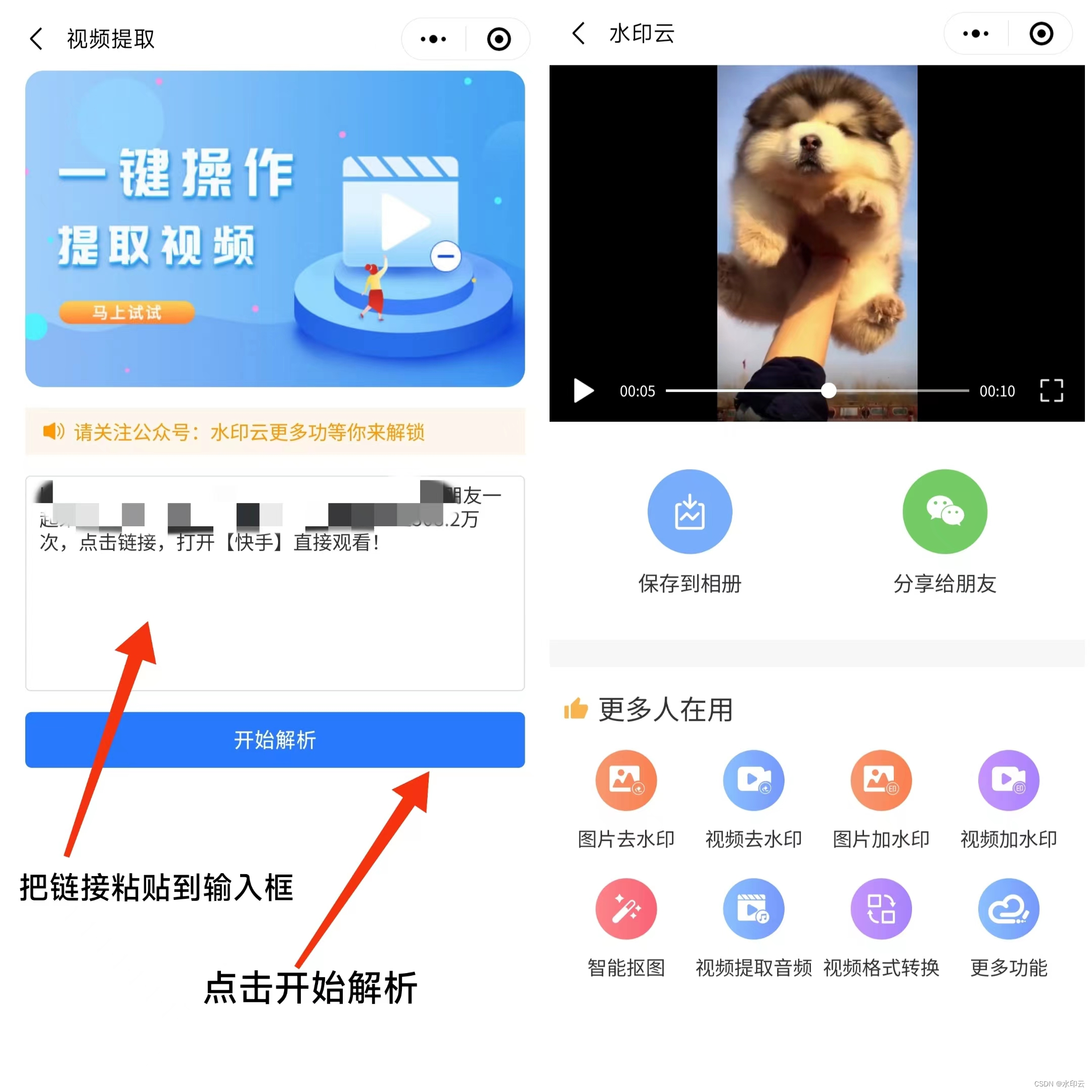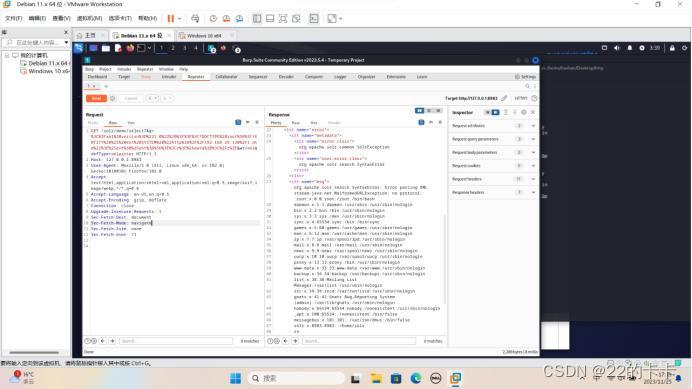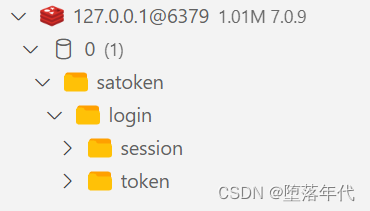Foundation Models, Transformers, BERT and GPT
总结一下:
-
Bert 是学习向量表征,让句子中某个词的Embedding关联到句子中其他重要词。最终学习下来,就是词向量的表征。这也是为什么Bert很容易用到下游任务,在做下游任务的时候,需要增加一些MLP对这些特征进行分类啥的,也就是所谓的微调fine-tune。在Bert的训练中,采用了MASK(完形填空)的思想,用句子中的其他词去预测被挖空的词–Self-Supervised Learning(不需要给句子label,只需要挖空)。这也是Bert不需要Decoder的原因。
-
GPT在做生成,结果是下一个特定词被选中的概率。给一个句子,去生成下一个字,然后再把这个字包含到句子中,重新送入模型,再生成下一个字。周而复始。我能理解这个任务用Decoder可以完成,但为什么这个过程不加入encoder了。–后面看到之后再补充
Bert和GPT都属于预训练模型,在预训练阶段,只不过在目标函数的选取上,Bert采用了完型填空的训练方式,GPT选择的是给定一句话预测下一个字的训练方式。在微调阶段,GPT选择使用两个目标函数结合的方式进行微调,而Bert的话,需要结合任务添加一些层对语义特征进行处理。
GPT选择的方式相对Bert要更困难,预测未来比预测中间状态要难得多,这也是为什么OpenAI要将模型的规模一直做大,才能达到GPT3.5 、GPT4的这种效果。
补充
之前李沐老师的视频里面其实也有讲,但是没记住。论带着问题学习的重要性 -_-
Transformer有两个东西,一个是encoder、一个是decoder。区别在于,encoder在对第i个元素抽取特征时,可以看到整个序列里面的所有元素。而decoder因为有掩码的存在,在对第i个元素抽取特征时,只能看到当前元素和它之前的元素,当前位置后面的词通过一个掩码使得在计算注意力机制的时候变成0。因为是标准的语言模型,只对前预测。对第i个词进行预测的时候,不能看到之后的词。所以GPT(Generative Pre-Training)使用的只是decoder。
学习链接Blog—完全转载
- https://heidloff.net/article/foundation-models-transformers-bert-and-gpt/
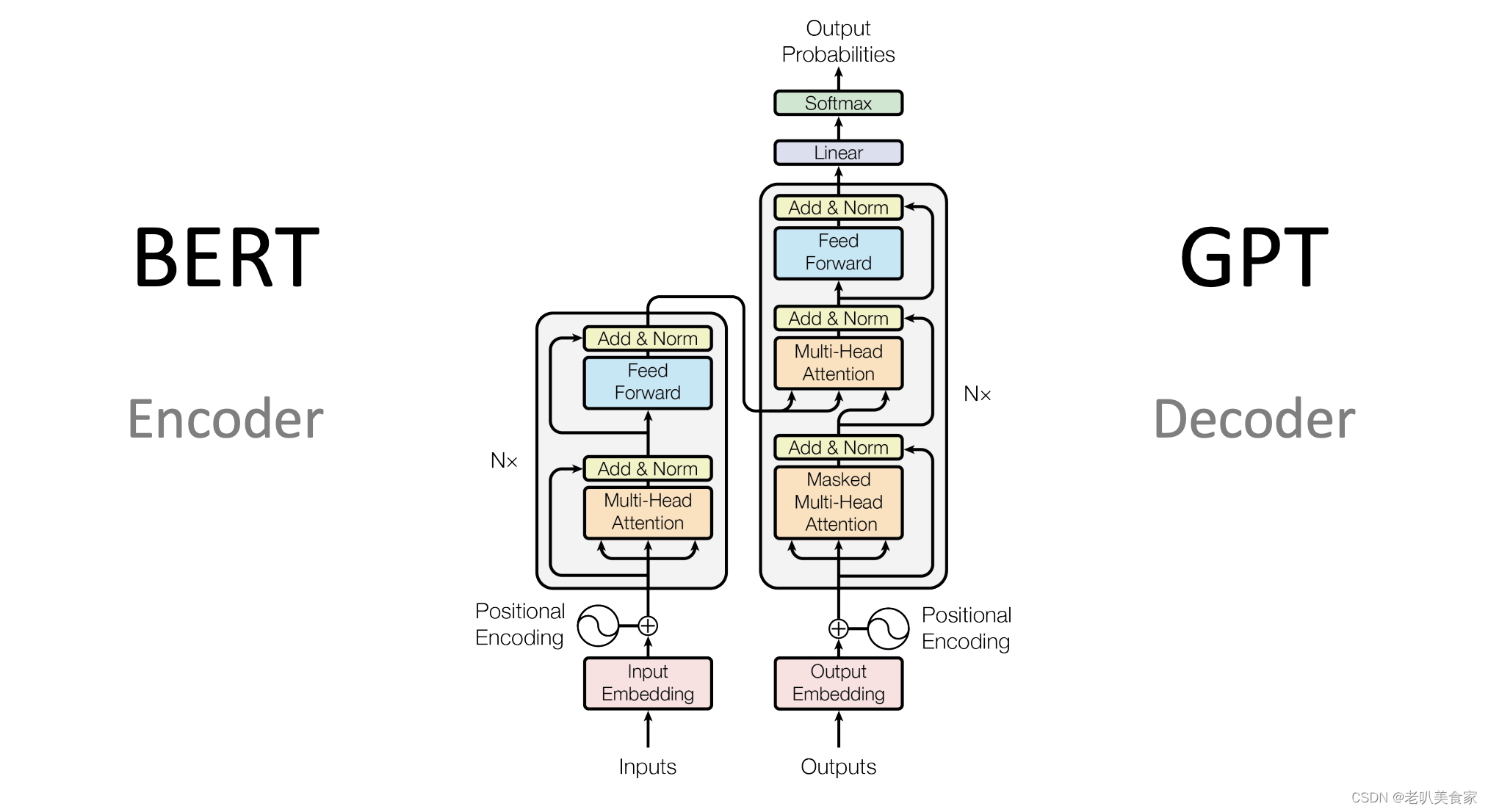
Since I’m excited by the incredible capabilities which technologies like ChatGPT and Bard provide, I’m trying to understand better how they work. This post summarizes my current understanding about foundation models, transformers, BERT and GPT.
Note that I’m only learning these concepts and not everything might be fully correct but might help some people to understand the high level concepts.
I know that there are many more and more modern Foundation Models than BERT and GPT, but I want to start ‘simple’ and these two models are probably the most known ones these days.
The technologies below are not trivial and there are lots of articles, papers and full courses even on certain aspects of each technology only. Instead of going into detail, I try to explain what they do and what concepts they use.
Foundation Models
BERT and GPT are both foundation models. Let’s look at the definition and characteristics:
- Pre-trained on different types of unlabeled datasets (e.g., language and images)
- Self-supervised learning
- Generalized data representations which can be used in multiple downstream tasks (e.g., classification and generation)
- The
Transformerarchitecture is mostly used, but not mandatory
Read my blog Foundation Models at IBM to find out more.
Transformer Architecture
Most foundation models use the transformer architecture. Let’s look at the definition:
A transformer is a deep learning model that adopts the mechanism of self-attention, differentially weighting the significance of each part of the input data. It is used primarily in the fields of natural language processing and computer vision.
In 2017 transformers were introduced: Attention is all you need. They are the next generation of Recurrent Neural Networks and Long Short-Term Memory architectures and have several benefits:
- Parallel processing: Increases performance and scalability
- Bidirectionality: Allows understanding of ambiguous words and coreferences
The original transformer architecture defines two main parts, an encoder and a decoder. However, not all foundation models use both parts. BERT only uses encoders, GPT only decoders. More on this later.
Attention
Both encoders and decoders use the concept of ‘attention’. Attention basically means to focus on the important pieces of information and to blend out the unimportant pieces. I like to compare this with ‘fast reading’. Rather than reading full articles or even full books, I often browse chapter titles, first words of paragraphs and scan paragraphs for keywords to find what I’m looking for.
The words of an article, the parts of an image or the words in a sentence that should get most attention change dependent on what you are looking for. Let’s look at a simple example sentence:
“Sarah went to a restaurant to meet her friend that night.”
The following words should get attention for the following queries:
- What? -> ‘went’, ‘meet’
- Where? -> ‘a restaurant’
- Who? -> ‘Sarah’, ‘her friend’
- When? -> ‘that night’
To determine the attention of words (more exactly tokens) ‘queries’, ‘keys’ and ‘values’ are used by encoders and decoders in transformers. All of them are presented in vectors. Keys are found for certain queries if they are closest to the query vector. Keys are an encoded representation for values, in simple cases they can be the same.
There are different algorithms to implement the attention concept. I think an easy way to understand how this can work is to rank words high that are often used together in sentences. For example, ‘where’ and ‘restaurant’ have probably a closer relation than ‘restaurant’ and ‘faith’. So, for the query ‘where’ the word ‘restaurant’ gets more attention.
Encoders and Decoders
As mentioned, there are encoders and decoders. BERT uses encoders only, GTP uses decoders only. Both options understand language including syntax and semantics. Especially the next generation of large language models like GPT with billions of parameters do this very well.
The two models focus on different scenarios. However, since the field of foundation models is evolving, the differentiation is often fuzzier.
- BERT (encoder): classification (e.g., sentiment), questions and answers, summarization, named entity recognition
- GPT (decoder): translation, generation (e.g., stories)
The outputs of the core models are different:
- BERT (encoder): Embeddings representing words with attention information in a certain context
- GPT (decoder): Next words with probabilities
Both models are pretrained and can be reused without intensive training. Some of them are available as open source and can be downloaded from communities like Hugging Face, others are commercial. Reuse is important, since trainings are often very resource intensive and expensive which few companies can afford.
The pretrained models can be extended and customized for different domains and specific tasks. Layers can sometimes be reused without modifications and more layers are added on top. If layers need to be modified, the new training is more expensive. The technique to customize these models is called Transfer Learning, since the same generic model can easily be transferred to other domains.
BERT - Encoders
BERT uses the encoder part of the transformer architecture so that it understands semantic and syntactic language information. The output of BERT are embeddings, not predicted next words. To leverage these embeddings, other layer(s) need to be added on top, for example text classification or questions and answers.
BERT uses a genius trick for the training. For supervised training it is often expensive to get labeled data, sometimes it’s impossible. The trick is to use masks as I described in my post Evolution of AI explained via a simple Sample. Let’s take a simple example, an unlabeled sentence:
“Sarah went to a restaurant to meet her friend that night.”
This is converted into:
- Text: “Sarah went to a restaurant to meet her
MASKthat night.” - Label: “Sarah went to a restaurant to meet her friend that night.”
Note that this is a very simplified description only since there aren’t ‘real’ labels in BERT.
In other words, BERT produces labeled data for originally unlabeled data. This technique is called Self-Supervised Learning. It works very well for huge amounts of data.
In masked language models like BERT, each masked word (token) prediction is conditioned on the rest of the tokens in the sentence. These are received in the encoder which is why you don’t need a decoder.
GPT - Decoders
In language scenarios decoders are used to generate next words, for example when translating text or generating stories. The outputs are words with probabilities.
Decoders also use the attention concepts and even two times. First when training models, they use Masked Multi-Head Attention which means that only the first words of the target sentence are provided so that the model can learn without cheating. This mechanism is like the MASK concept from BERT.
After this the decoder uses Multi-Head Attention as it’s also used in the encoder. Transformer based models that utilize encoders and decoders use a trick to be more efficient. The output of the encoders is feed as input to the decoders, more precisely the keys and values. Decoders can invoke queries to find the closest keys. This allows, for example, to understand the meaning of the original sentence and translate it into other languages even if the number of resulting words and the order changes.
GPT doesn’t use this trick though and only use a decoder. This is possible since these types of models have been trained with massive amounts of data (Large Language Model). The knowledge of encoders is encoded in billions of parameters (also called weights). The same knowledge exists in decoders when trained with enough data.
Note that ChatGPT has evolved these techniques. To prevent hate, profanity and abuse, humans need to label some data first. Additionally Reinforcement Learning is applied to improve the quality of the model (see ChatGPT: Optimizing Language Models for Dialogue).
Resources
There are many good articles, videos and courses. Here are some of the ones I read or watched:
- Course: Natural Language Processing Demystified
- YouTube channel: CodeEmporium
- Article: What Is ChatGPT Doing … and Why Does It Work?
- Article: 10 Things You Need to Know About BERT and the Transformer Architecture That Are Reshaping the AI Landscape
- Article: Transformer’s Encoder-Decoder: Let’s Understand The Model Architecture
- NLP - BERT & Transformer
